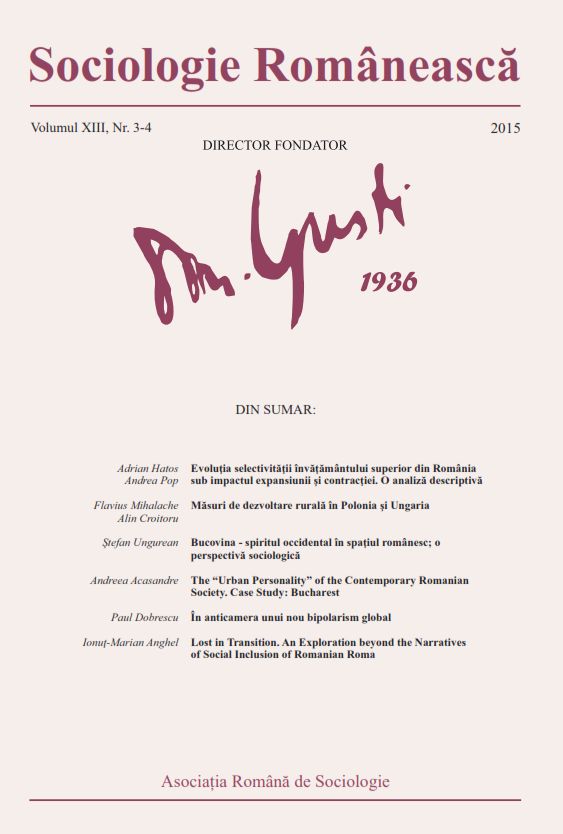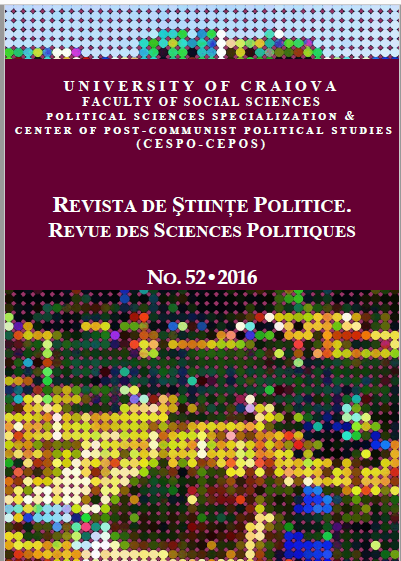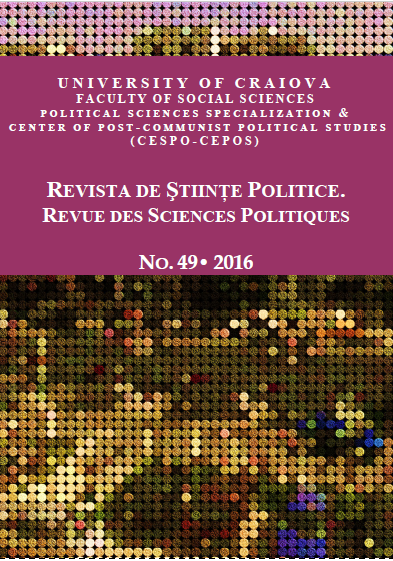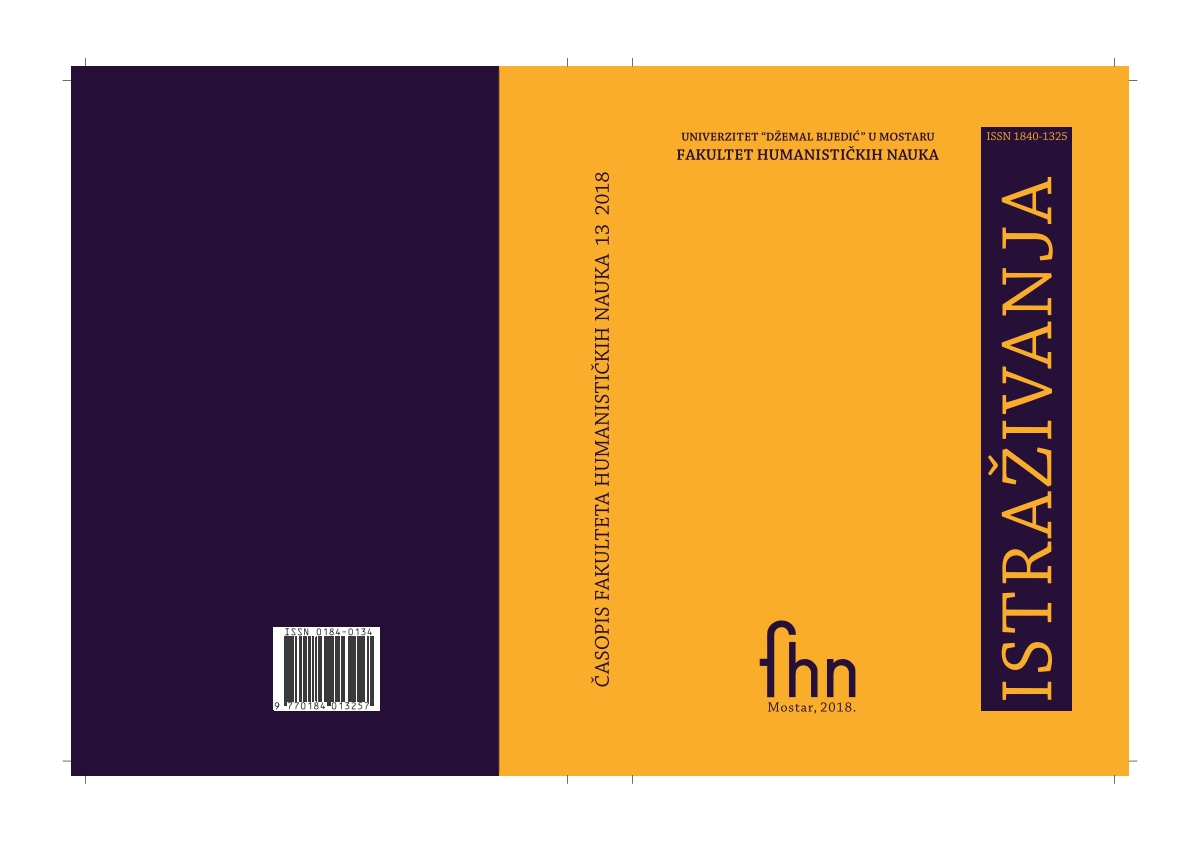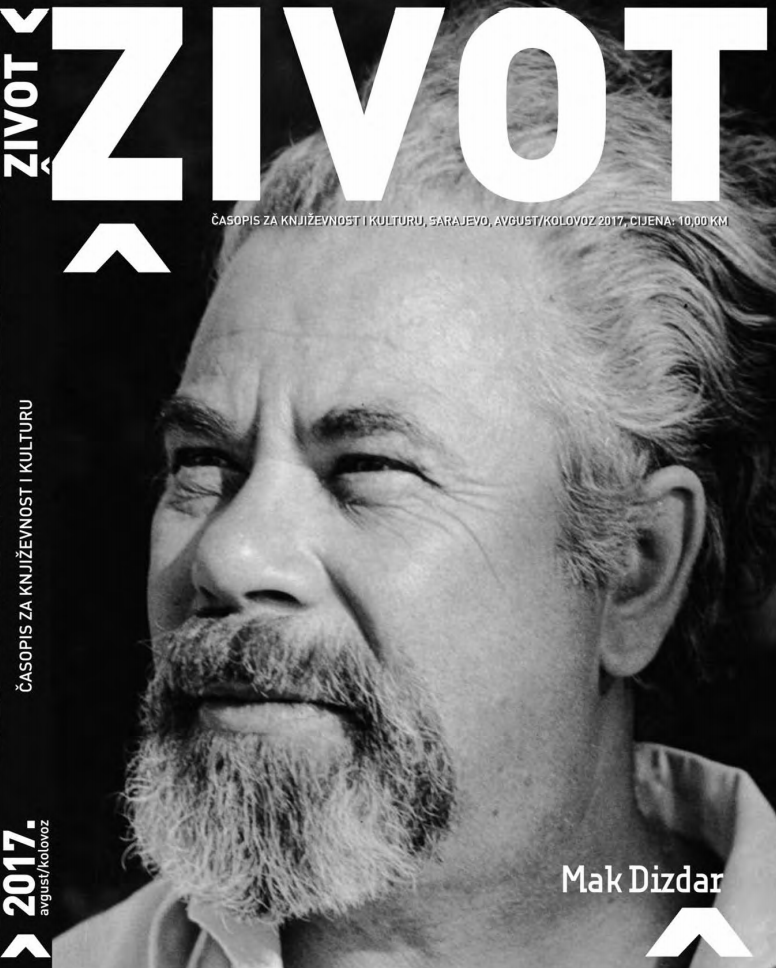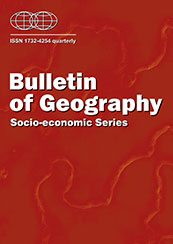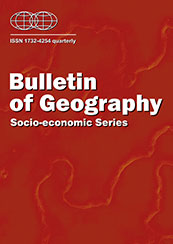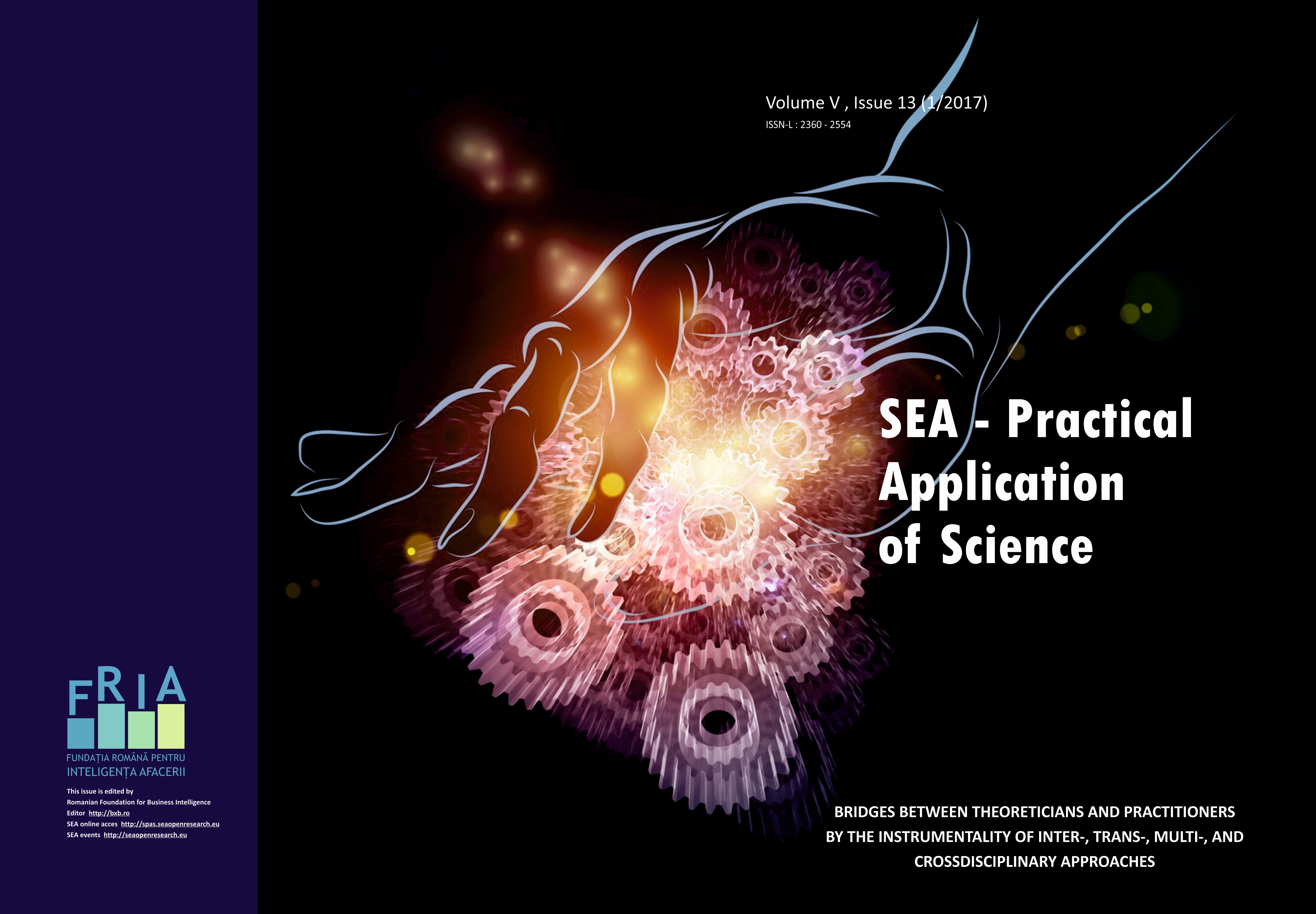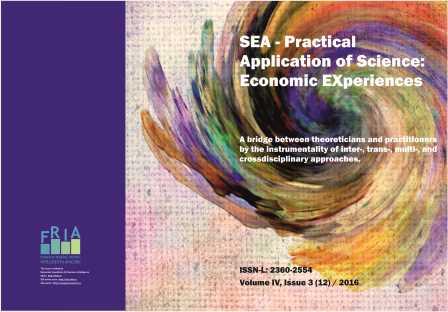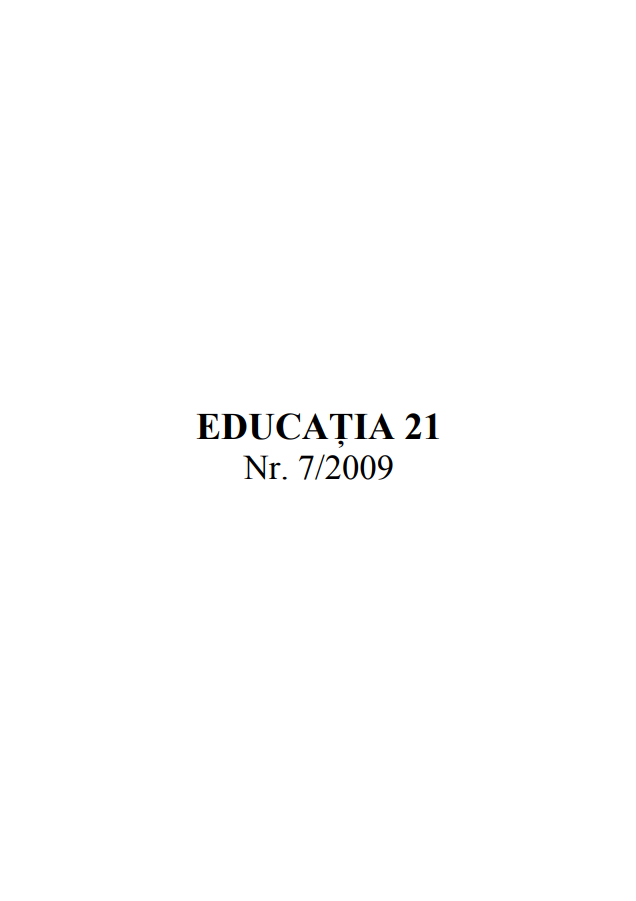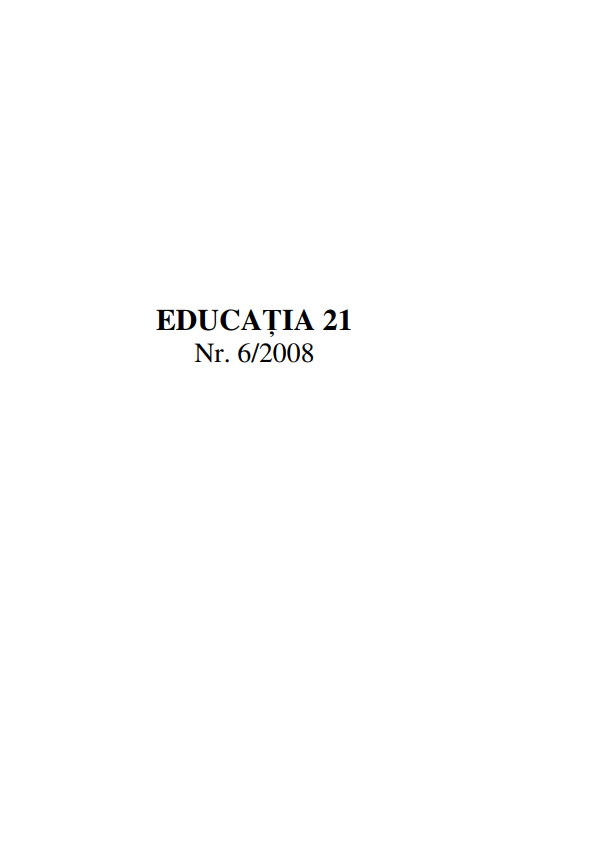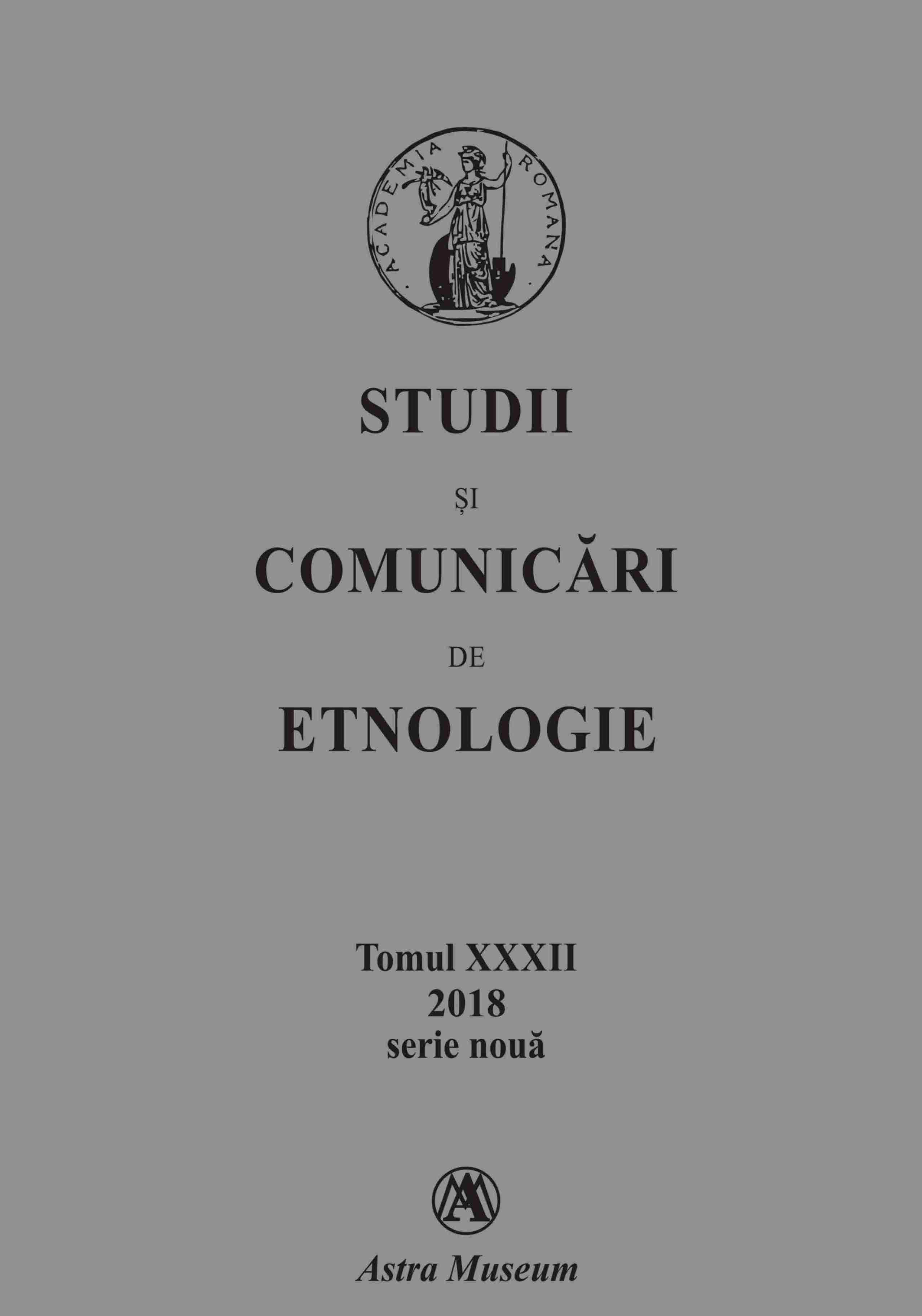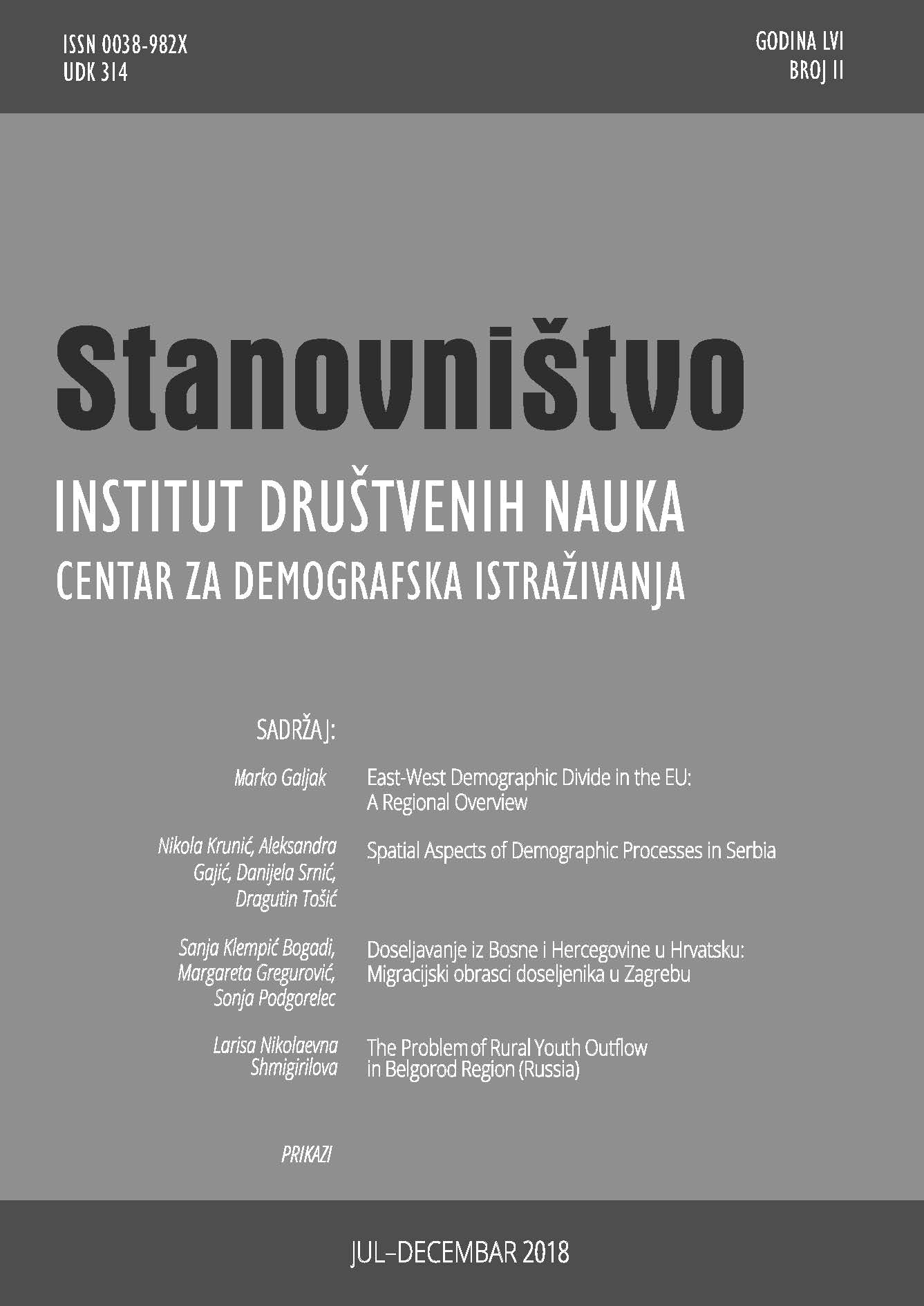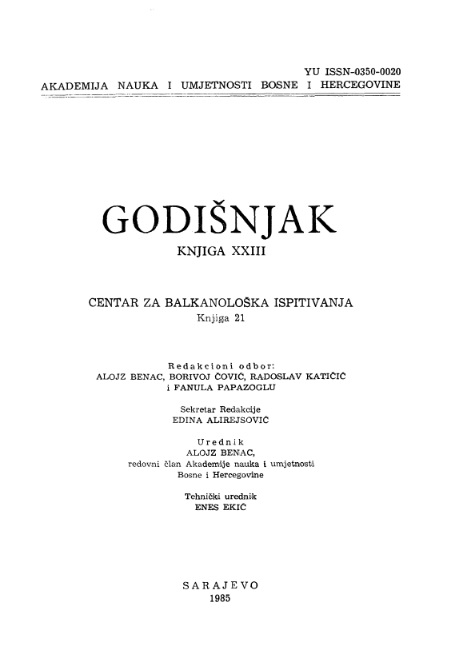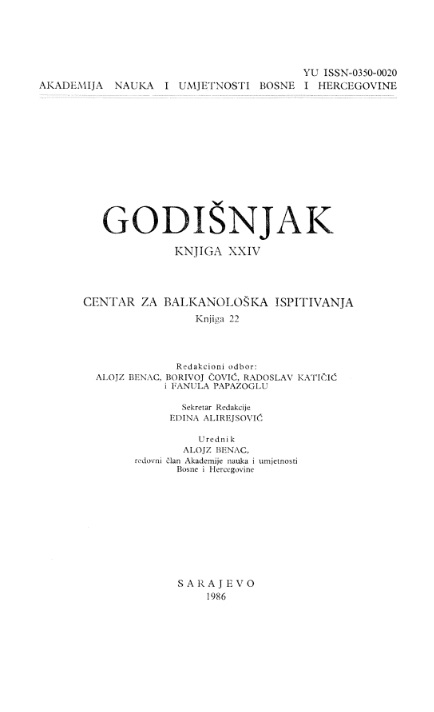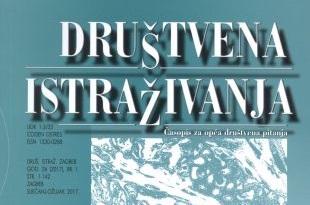Author(s): Živko Mikić / Language(s): Serbian
Issue: 23/1985
Le but de cette contribution est d’élargir les études concernant les stèles funéraires- steéci ou, autrement dit, d’élargir les études des nécropoles avec steéoi du point de vue de l’anthropologie. Comme on le voit dans l’introduction, les dernières contributions concernant les squelettes des nécropoles avec steéoi ont été publiées à la fin du dernier siècle (F. v. Duschan, B. Perišić). Durant presque tout un siècle 67 on n’a pas continué le travail sur les études anthropologiques concernant les caractéristiques de la population entre le XIIème/XIIIème et le débuit du XIVème siècle, enterrée dans les nécropoles, dont les caractéristiques culturo-historiques sont steéci, au conirare aux études concernant l’hiistoire, l’histoire des arts et l’archéologie, tout cela se rapportant aux steéci. Ainsi, il existe aujourd’hui un grand nombre des travaux et quelques monographies importantes dans ce domaine (auteurs: Đ. Basler, A. Benac, S. Bešlagić, N. Miletić, M. Wenzel). Sur la base de l’état actuel des recherches anthropologiques, basées sur neuf nécropoles (Rasica gora, Pratrova glavica, Parlovi, Pavlovac, Desivoje—Gacko, Buško blato—Kraljičin nasip, Bilo polje—Mašeta, Mistehalj—Bileća et Grborezi—liivno, avec la remarque que les restes ostéologiques de deux dernières nécropoles ne sont pas conservés pour les études anthropologiques) avec plus de mille individues squelettiques, on peut faire quelques conclusions concernant les spécificités de cette papulation médiévale, caractéristique seulement pour le territolire de la Yougoslavie. Primo, comme on le voit sur la table I, il y s’agit exclusivement des séries brachycrâniennes et hyperbrachy crâniennes de deux genres à l’exception du genre féminin sur la nécropole Pratrova glavica où domine, d’après les valeurs moyennes, le haut mésocrâne). L ’interprétation de ce phénomène peut être liée à la proximité de la côte adriatique, c’est-à-dire à la zone de l’extension de l’ancien type méditerranéen aussi au Moyen âge. Secondo. Sur la base des recherches biostatiatiques de deux ou de trois dimensions, faîtes à l’Institut anthropologique de l ’Université à Frankfurt (BRD) on a pu constater le caractère spécifique des séries anthropologiques provenant des nécropoles avec steédi (v. dendrogramme 1 et fig. 1). Tertio. Par rapport aux autres populations médiévales des pays balkaniques voisins — Grèce, Bulgarie et Roumanie (les éléments nécessaires pour la calculation repris de la Banque des données ostéométriques de l’Institut anthropologique de l’Université à Madnz/BRD) — un caractère spécifique de la population dans les nécropoles avec steéci a été manifesté ici. Concrètement, il s’est montré que la population médiévale de la Roumanie est la plus proche à cette population et qu’à l’intérieur de largeur des variations anthropologiques des groupes slaves du territoire de la Yougoslavie (par ex. Vinca—Belo Brdo, Cipuljić—Bugojno — XI/XII— XIVème sièclef les squelettes des nécropoles avec steéci occupent une place tout à fait resserrée, probablement à cause de la brachycrânisation, ce que signifierait qu’ils sont d'origine autochtone (anthropologiquement non slave), c’est-à-dire d’origine surtout valaque etc. Et quatro, par rapport aux données obtenues auparavant, concernant les processus anthropogénétiques au Moyen âge sur le territoire de la Yougoslavie (Mikié 1982, 1984), lors de l’état actuel des recherches anthropologiques, on peut constater que les groupes de populations identifiés sur leis matériaux squelettiques provenant des nécropoles avec steéci ne s’insèrent pas seulement, avant tout dans le processus de brachycrânisation, maiiis qu’ils pénètrent dans la structure de son noyau, par rapport à l’extension géographique des nécropoles et de leur appartenance chronologique.
More...
